To be more specific, let's say I have SOP16 SMD chips that have been purchased from overseas. I have several PCBs that they need to be soldered to, but I don't want to risk paying for assembly and also wasting a PCB if the chip (for whatever reason, pretend that I am overly paranoid) is faulty.
I have seen those SMD test clips, but they look like they are intended to attach to a chip that's already soldered in. I want to use something like that, but also something that prevents damage to the leads. I can think of a custom solution, like a jig that holds the ICs in place and allows me to clip onto their leads, but was hoping for something OTS.
Can anyone here please provide me with some suggestions?
